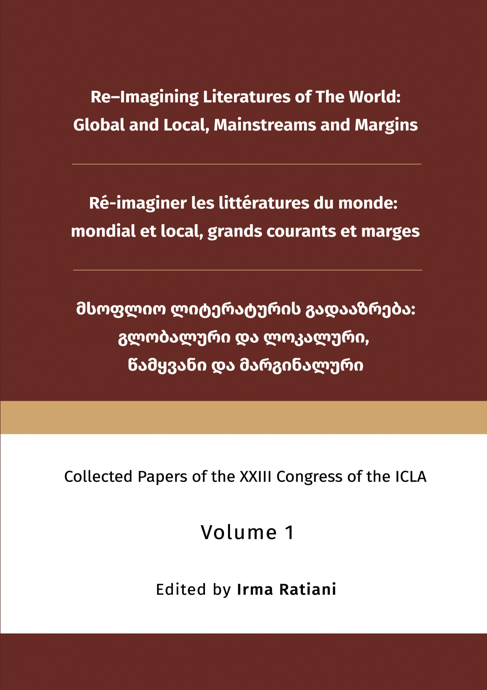Exploration of Womanhood and the Assertion of Self: A Comparative Study of Meghna Pant's One and a Half Wife and Bapsi Sidhwa's The Pakistani Bride
Main Article Content
Abstract
Feminism emerged as a worldwide movement to secure women's rights on the one hand and love, respect, sympathy and understanding from males on the other. It focused on women's struggle for recognition and survival and made them realise that the time has come when they should stop suffering silently in helplessness. The images of women in South Asian novels have also undergone a change in the last three decades. Earlier women were conceived as a symbol of self sacrifice and suffering. In due course of time women writers affected by Western Feminism have exp-lored the alternative ideal of self assertion. The feminist writers have emphasised a new perspective of women. They have rebelled against stern patriarchy and male chauvinism. Meghna Pant's One and a Half Wife reveals the struggle and circumstances faced by a woman, Amara Malhotra, entangled in the Indian orthodox culture. Here she is caught in a tug-of-war between old beliefs and new ones, between parents who favour obedience and new friends who encourage independent thought. Bapsi Sidhwa's novel The Pakistani Bride poignantly describes the circumspect world of women in a world dominated by men where women are not individuals but objects to be possessed, nothing more than a piece of land and some-times a beast that can be traded with. Zaitoon not only defies her destiny but also challenges it by running away from the clutches of her tyrant husband. Women are like commodities in the tribal society to be bartered and traded. Once married they become part of the property of their husbands, which the latter must protect. Bapsi Sidhwa reinforces this macabre image of woman graphically in various sections of the novel. Both the writers have opined that women have occupied a subaltern position that is oppressed both by traditional notion of patriarchy and by colonialism. But their ways of treating the theme of womanhood are quite different – Meghna Pant on the one hand portrays the character of Amara in new light, showing her as a blend of traditional and modern wife, whereas Bapsi Sidhwa in her novel has delineated the character of Zaitoon as a subdued, submissive and obedient wife who shows her courage at the end. The present paper intends to make a comparative study of both the novels.
